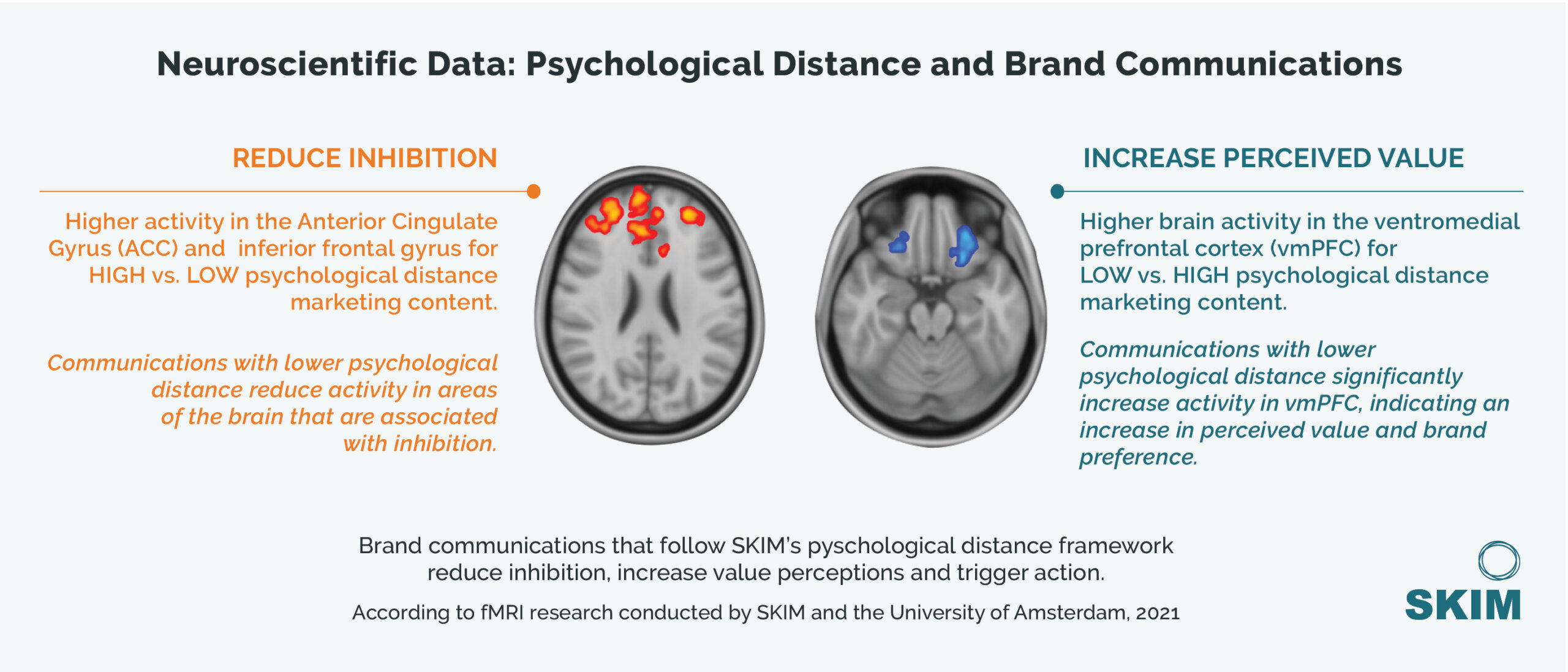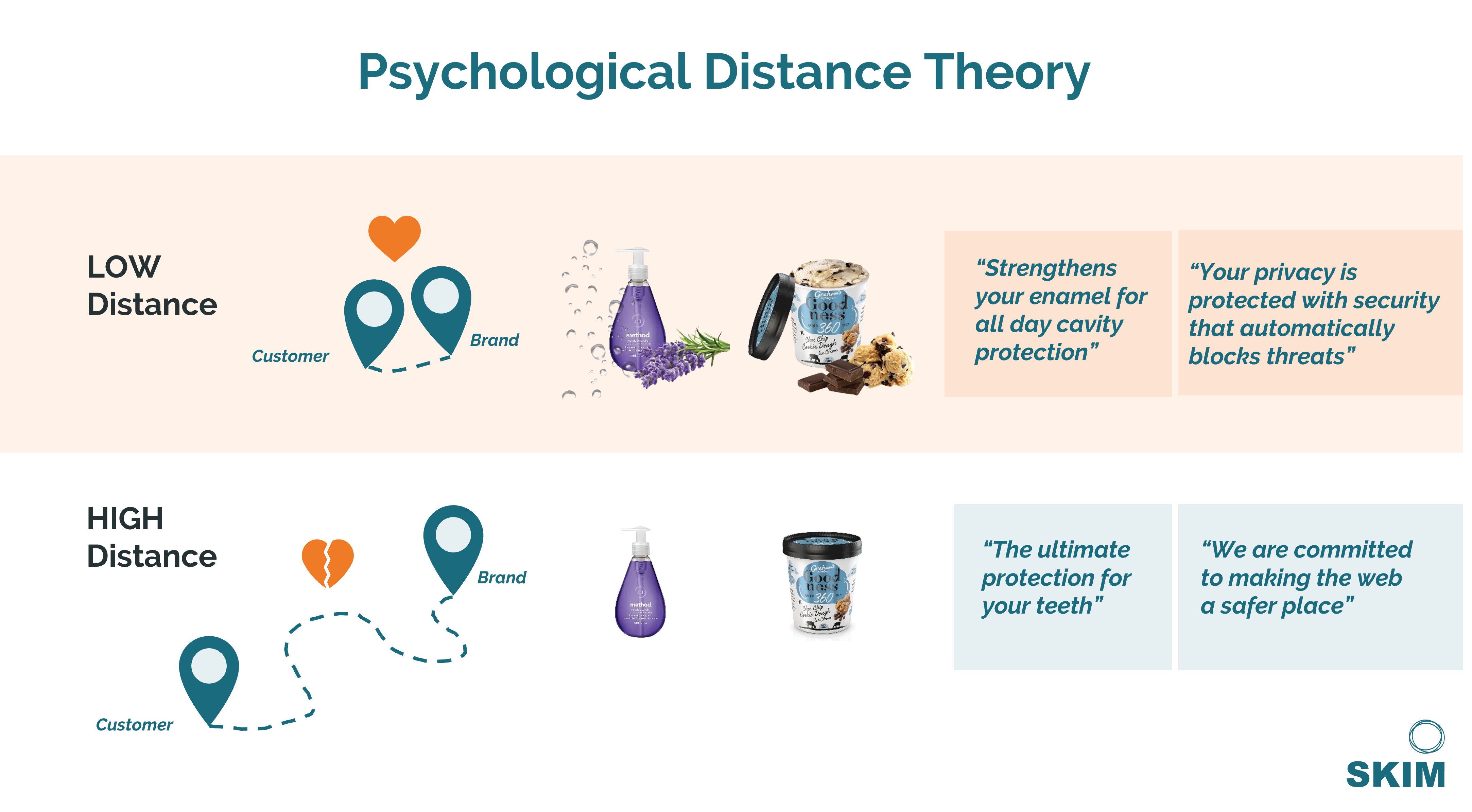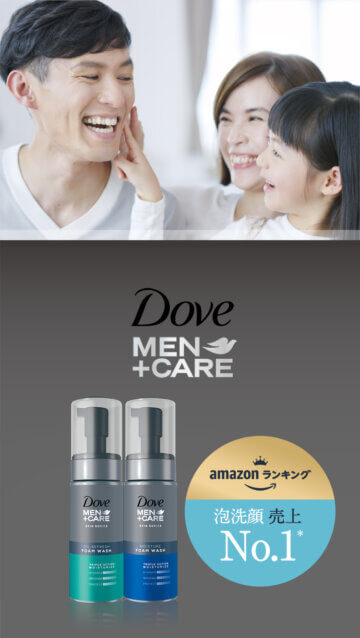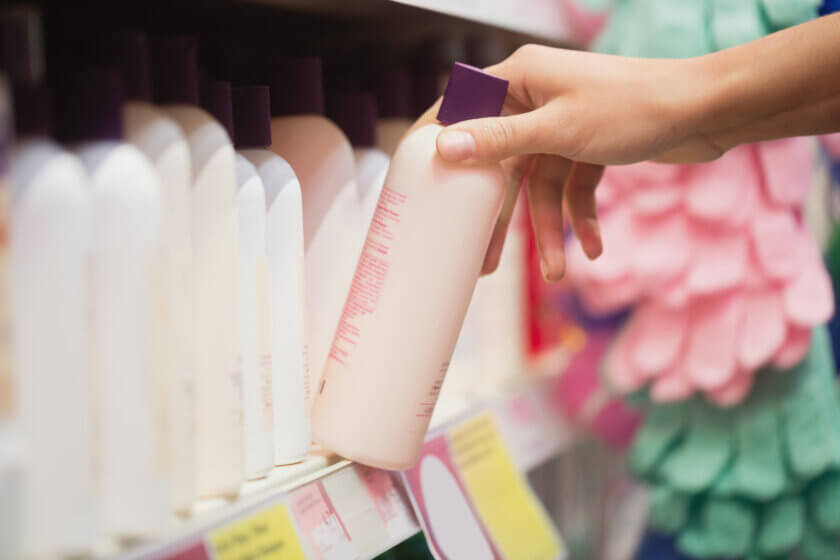How to increase motivation with psychology
Are your product claims and visuals compelling enough to attract, connect and convert consumers?
At IIEX Behavior, Unilever Hair Claims Expert, Sophia Moghadam, shared how the company lifted its claims win rate by 30% by using a proven formula based on consumer psychology. In the session, she explained the revitalized process Unilever followed to improve the effectiveness of brand claims and visuals. Sophia was joined by SKIM’s Brand Communications Lead, Dr. Nikki Westoby, who revealed the secrets to crafting winning claims and the science behind the proven guidelines.
Read on to learn how Unilever used consumer psychology to create product content that converts, and get inspired for your brand communications.
Unilever’s challenge: How to improve claims and visuals to better connect with consumers
Unilever’s haircare team faced a challenge when a review of the claims landscape revealed that not all in-market claims were connecting, as expected, with consumers.
With a brand relaunch in the works, the team knew they needed to develop more relevant on-pack claims to ensure a successful launch, extend the brand’s reach “and create consumer desire for the product.”
“In preparation for a haircare brand relaunch, it was vital to perfect on-pack communications,” explained Sophia. “We needed to gain a deeper understanding of how to write brilliant and winning claims across our brands, and in a way that would connect with our consumers.”
The first step was to:
A) Uncover which types of product claims create the most desire for the product
B) Understand why specific claims motivate consumers to buy
The team then planned to use the insights to develop a set of “Golden Rules” to guide all Unilever brand teams in designing winning claims and visuals.
It was an ambitious project and turning to SKIM for help was a natural choice.
“SKIM and Unilever have partnered together for over 15 years, testing over 30,000 claims in 40 different countries and across 50 categories. We knew that SKIM was very experienced when it came to communications and claims testing. Plus, their research on consumer behavior meant that they were an ideal partner for us and this study,” explained Sophia.
Going further, she added: “It was also a new tool that SKIM introduced to us (Unspoken®). It measures both the conscious and subconscious response that a consumer has, when faced with a claim – and this approach aligned perfectly with our study objectives.”
Uncovering the secret: Why certain brand communications motivate consumers to buy
Brand messages and visuals can either encourage or discourage the choice to purchase. How can you be sure you’re going to market with the best ones? Getting it right requires thorough testing and application of insights.
As Sophia mentioned, Unilever and SKIM have worked together for many years and have tested over 30,000 stimuli for a variety of consumer products across categories and countries. Relying on SKIM’s Unspoken® methodology, they have been able to understand the immediate subconscious impact of tested claims.
What emerged was a thorough understanding of winning product claims and visuals – specifically what worked, what didn’t, and why. The results of various Unilever research studies confirmed SKIM’s psychological distance theory, which explains how people form a mental image of the product experience and emotional state they desire. Different levels of psychological distance can shape a person’s considerations and behavior.
“When a product’s claims and visuals create low psychological distance, the product is tangible or vivid in the mind’s eye, and the consumer can readily imagine and ‘experience’ its benefits,” noted Dr. Nikki Westoby.
“The consumer values the brand more highly and is more likely to purchase or take the desired action.”
SKIM has developed brand communications guidelines which apply this psychological distance theory to optimize product content. The guidelines and theory have been validated with extensive behavioral and sales data, and more recently with neuroscience.
The neuroscience behind winning product claims and visuals
At the University of Amsterdam, subjects viewed product messages and visuals with either HIGH or LOW psychological distance while undergoing an MRI brain scan. High psychological distance caused the brain’s inhibition center to light up, a sign of poor engagement and mental barriers. By contrast, low psychological distance caused the brain’s value and reward centers to light up, a sign of a positive connection with the product.

Based on the psychological distance theory, Unilever applied SKIM’s “Golden Rules” for creating winning product content across the organization to improve product messaging.
Tapping into consumer psychology was a key element in our process of revitalizing our product claims,” explained Sophia. “The SKIM approach helped us meaningfully connect with consumers and drive choice at the point-of-sale.”
Outcomes and learnings: How Unilever crafted high-performing product content
The research program Unilever and SKIM embarked on identified clear drivers of winning product content, including guidelines for claims and visuals:
Winning claims:
- Use simple language
- Are highly specific
- Lead with benefits
- Keep it positive
Winning visuals:
- Focus on the product experience
- Trigger the senses
- Use eye-catching icons/visuals
What were the outcomes of applying these psychology-backed golden rules for Unilever?
- Increase in claims wins
Optimizing claims according to the guidelines of psychological distance resulted in an uplift in claims wins by 30%. - Internal stakeholders equipped for success
By clearly communicating the elements of a winning claim globally, all brand teams had a reliable tool for developing the best possible claims.
“Internally, this guide has made a huge impact on the way we design our hair product claims,” said Sophia. “Our marketing teams can now write winning claims that connect with consumers and drive product desire.”
3 key takeaways for brands to improve product communications
How can you create successful product claims and visuals for your products or services?
- Adopt psychology-backed communications guidelines to drive product desire
- Utilize strategic iconography to create a more sensory experience
- Consider the principles of psychological distance to improve claims’ effectiveness and truly connect with consumers
Need to optimize your brand guidelines for winning product content?
SKIM can help your teams create engaging product content that attracts, drives purchase, and builds long-term connections with consumers. If you want to explore what winning product content looks like in your category, schedule a consultation with a SKIM Communications Expert today.






